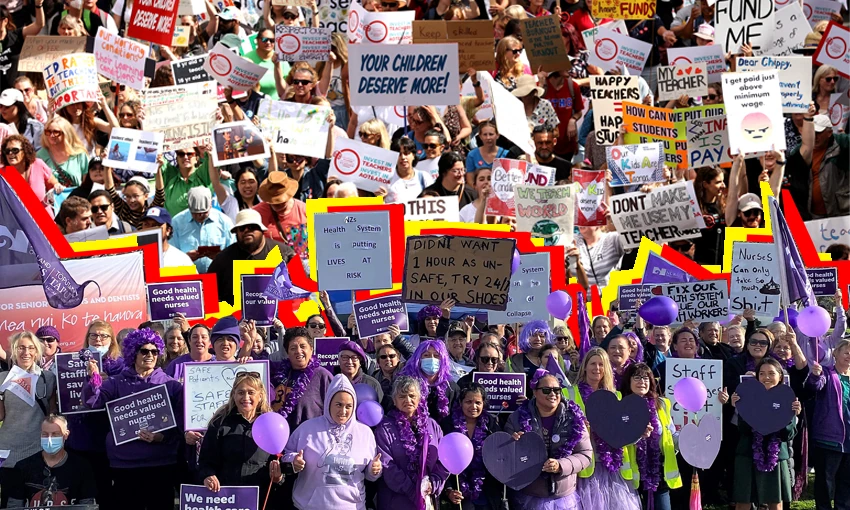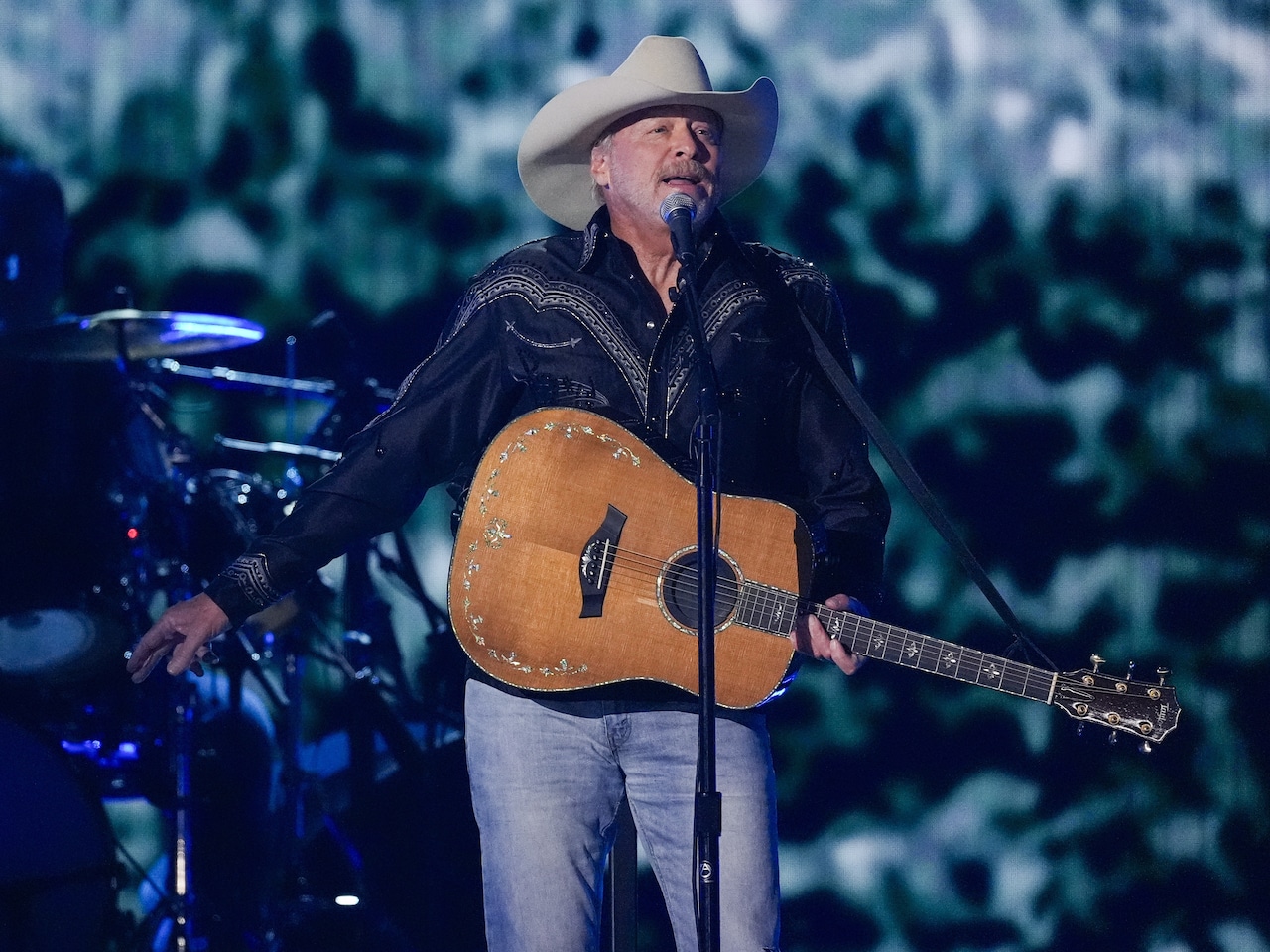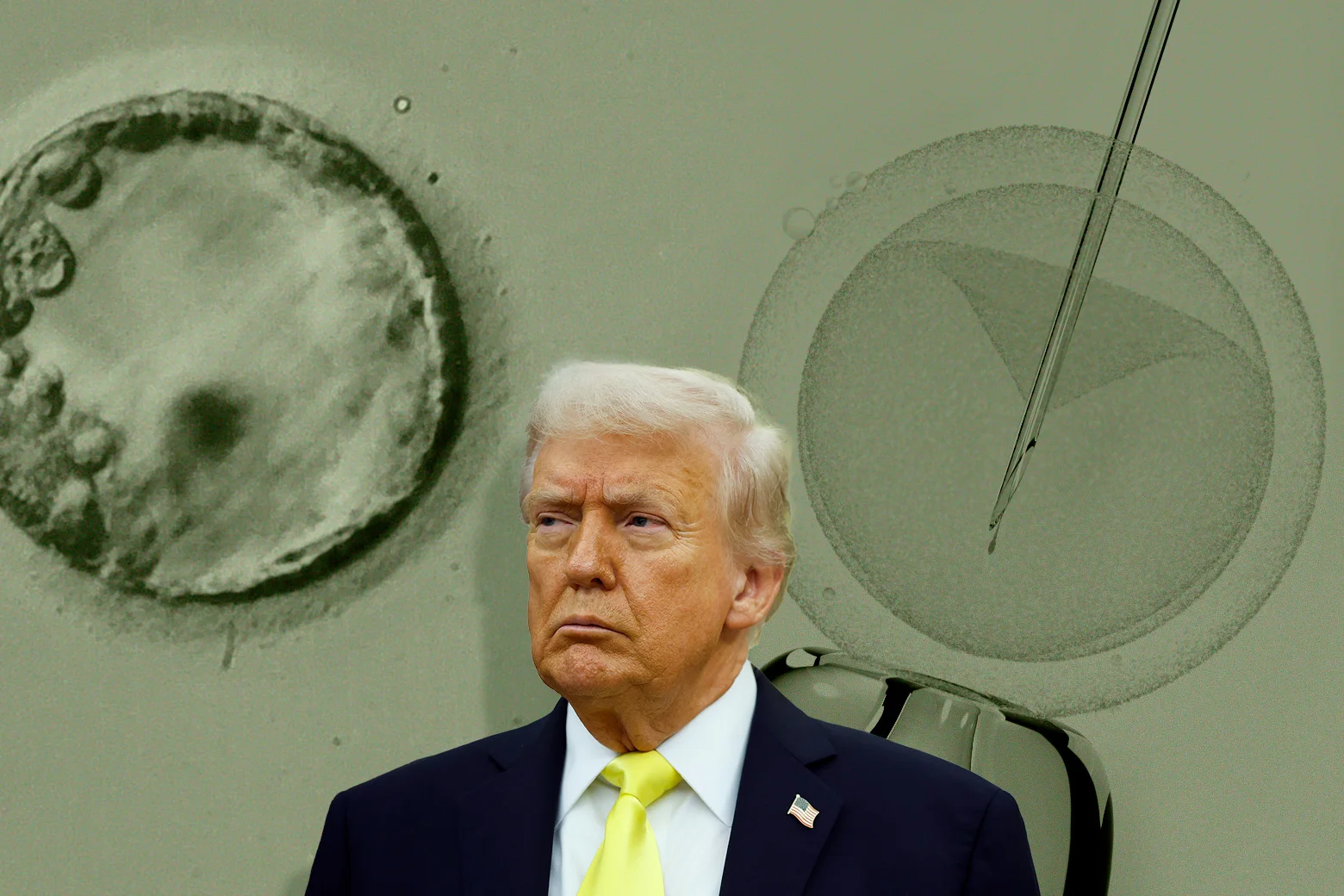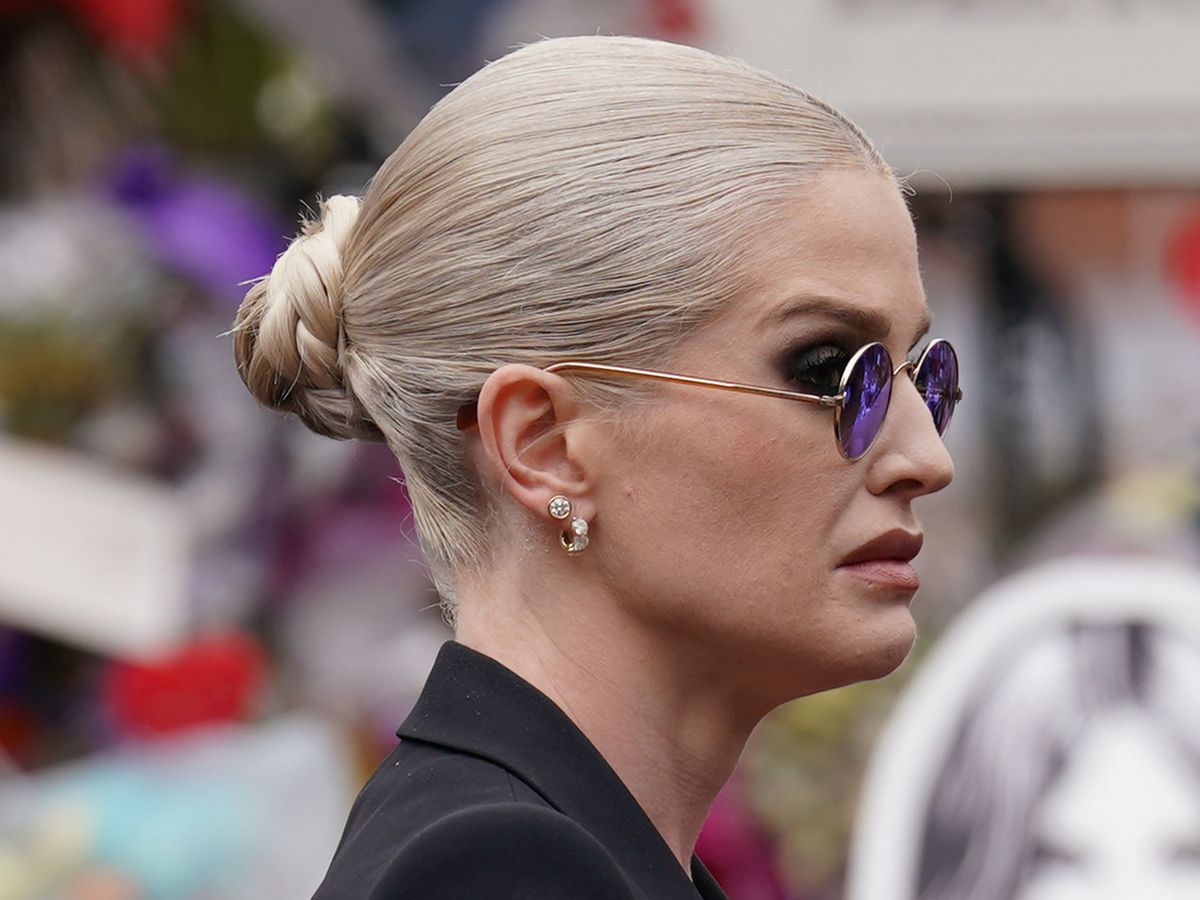Copyright thespinoff

On Thursday, October 23, more than 100,000 public sector workers are set to walk off the job, bringing mass disruption to schools and hospitals and rallies and marches to much of Aotearoa. Here’s what you need to know. Many of the people who teach our kids and look after us when we’re unwell are walking off the job on Thursday. So many, in fact, that the plan has earned the (catchy!) moniker of “mega strike”. It follows months of considerable industrial action around Aotearoa, and with multiple healthcare and education worker unions taking part, it’s poised to be the biggest strike the country’s seen in decades. Who’s in this ‘mega strike’ then? Heaps of people! More than 100,000 public sector employees are expected to walk off the job on Thursday, as workers strike for anywhere from a few hours to all day. The main unions taking industrial action on October 23 are the Public Service Association (PSA), the New Zealand Nurses Organisation (NZNO), the Post Primary Teachers Association (PPTA) and NZEI Te Riu Roa (NZEI). “There are already 16,750 PSA members taking strike action on 23 October and there may yet be more joining them,” PSA national secretary Fleur Fitzsimons told The Spinoff. That includes 11,500 allied health workers (including social workers, physiotherapists and anaesthetic technicians), 1,700 from PAKS (which stands for Policy, Advisory, Knowledge and Specialist Workers Collective and includes non-clinical healthcare system jobs like IT and payroll), and “about 50” home support workers on the West Coast. The Association of Salaried Medical Specialists Toi Mata Hauora (ASMS) confirmed 4,000 of its senior salaried doctors and hospital dentist members employed by Health NZ/Te Whatu Ora in Auckland, Wellington, Hamilton, Christchurch and Dunedin would be striking from 11am-3pm. More than 1,200 ACC employees will join them, with unionised workers voting this week to join Thursday’s mega strike. One of the biggest union groups participating is 36,000 nurses from the NZ Nurses Organisation (NZNO) who work for Te Whatu Ora; their nationwide strike will see a “complete withdrawal of labour” between 11am-3pm everywhere “Health New Zealand provides health services and/or disability support services”. Joining them are around 400 Department of Corrections nurses, who will walk off the job between 6am and 10pm. NZEI Te Riu Roa (the profession’s biggest trade union) expects 40,000 of its members to strike on Thursday, including 27,000 primary school and area school teachers as well as school support staff and specialist staff working for the Ministry of Education. Primary principals who are members of NZEI will join the strike (but not members of the Primary Principals Collective Bargaining Union, which has accepted a 2.5% pay-rise offer from the Ministry of Education after months of bargaining). They’ll be joined by more than 21,000 secondary school and area school teachers with the New Zealand Post Primary Teachers’ Association Te Wehengarua (PPTA), as it continues to push back against the government’s current pay offer, a 1% increase. Why are so many workers walking off the job? Unions say their members are “overworked and underpaid”, and negotiations over collective bargaining agreements have stalled. All have expressed dissatisfaction with staffing levels, workload, underfunding, pay not keeping track with inflation (currently 3%, a 15-month high) and working conditions. Healthcare workers with PSA are concerned about safe staffing levels, recruitment delays, and pay-rise offers below inflation. ACC workers are unhappy with pay and workplace morale. Corrections nurses are worried about staffing, workload and safety, as the number of people incarcerated in New Zealand’s prisons hits a record high of 10,881. NZNO members are striking over patient safety, staffing and pay. PPTA also lists “mental health needs” of the country’s stressed teachers. Among its requests have been pastoral staff to support an “increasing” number of students struggling with learning. Primary teachers rejected a 2.7% pay offer last month, which “failed to match inflation” and was the “last straw”, according to the union. This comes at a time when the country continues to grapple with economic challenges, new government policies around workers’ rights, and the repeal of the Fair Pay Agreements Act 2022. What’s the response been? The government is not happy, with the prime minister labelling the strike “politically motivated”. Christopher Luxon was echoing an open letter penned by public service minister Judith Collins to the “patients, students and families” affected by the strike, in which she said the “unfair and unwarranted” action was “politically motivated by the unions”. Collins added “the country is simply not earning enough” for the spending increases that meeting the unions’ demands would need. Last week, health minister Simeon Brown told senior doctors they had “crossed an ethical line” by joining the strike. Over on Facebook, the Public Service Commission reportedly paid $190 to run an ad that read “Strike action on 23 October will disrupt medical and education services”, and Labour has called for this use of public funds to be investigated. (Commissioner Sir Brian Roche, who’s leading negotiations with the education sector, will reportedly be on holiday on the day of the mega strike.) Like Labour, the Green Party has pushed back on the government’s criticism of the strike. As for public opinion, it’s of course difficult to gauge. The PSA has reported “overwhelming support from the public”, but many online commenters and letter writers don’t share this view: one letter from a Herald reader called the striking public sector workers “miscreants”. Who’s not striking? In New Zealand, employees can legally go on strike only “if they are members of a union and collective bargaining talks break down, or if they believe there are serious health or safety issues at the workplace” and the requirements of the Employment Relations Act 2000 (like secret ballots and strike notices) have been followed. Early childhood education (ECE) teachers, for example, aren’t striking as they’re “not currently in active negotiations” for their collective agreements. Neither are the 2,300 midwives of Midwifery Employee Representation & Advisory Service (MERAS), who make up 95% of hospital midwives and settled a new collective agreement earlier this year, which addressed pay increases and safe staffing. A MERAS spokesperson told The Spinoff the union offered its support to its “other Health New Zealand/Te Whatu Ora colleagues who are having a much harder time of their bargaining”. Also not striking are members of APEX, a union of 5,500 specialist health professionals including lab workers, psychologists and anaesthetic technicians, or members of the New Zealand Resident Doctors Association, due to the rules of their collective agreements. It’s the same case for STONZ, the junior doctors union that represents resident medical officers and specialty trainees. Though its members are “not striking”, off-duty members of the New Zealand Professional Firefighters Union (NZPFU) will be involved on October 23, explained national secretary Wattie Watson. The union has organised “wide support” from those who can attend. “All unions involved have safe community services and safe systems of work as significant aspects of their and our bargaining. Insufficient staffing and lack of resourcing is deeply affecting the public in health, education and emergency services.” Similarly, Te Hautū Kahurangi/Tertiary Education Union is “encouraging members to support” striking health and education workers, and NZEI is urging ECE members to back those striking by putting up posters and posting “solidarity selfies” on social media. But how will the mega strike affect me? There will be rallies and picket lines in cities and towns around the country. In Tāmaki Makaurau the march will go down Queen Street at midday, while Te Whanganui-a-Tara’s will run from Queens Wharf to the Beehive; both have traffic management plans in place. Most schools are understood to be holding no-class days for all year levels (though some will have non-union members on-site). Primary care and urgent care will be operating as normal, according to Te Whatu Ora (though EDs will be emergency-only), as will pharmacies, community providers and other services. People are advised to call their doctor or Healthline (which will be operating 24/7 as usual) before going to the hospital. Patients with rescheduled clinical appointments (more than 6,000 of you) should have been notified of these. If you’re already in the hospital, your care will continue. Ambulance services are unaffected by the strike, according to Te Whatu Ora, as are hospices and aged residential care. Sounds major. Is this the biggest strike ever? It might be, at least for a while. There’s been suggestion it’s the “biggest labour action in more than 40 years” and RNZ predicted “much of New Zealand will come to a halt”. The biggest strike to date was in 1979, our first and last general strike, when more than 300,000 workers (around 10% of the population) downed tools after Robert Muldoon’s government blocked a wage agreement between the Drivers Union and their employers. There was a major maritime strike in 1890, the Great Strike in 1913 (considered New Zealand’s most violent), and in 1951, 20,000 workers were involved in the waterfront dispute; it was lengthy, confrontational and became a huge political issue. Union action and strikes have seen a revival in recent years, with 2025 counting 22 “official work stoppages” already. FENZ firefighters went on strike on October 17, and Resene factory workers walked off the job last week too. Will there be more action? It looks like it. Secondary school teachers are set to strike again on November 5 for two hours, and there’s a ban on extracurricular activities on October 29. NZPFU has given notice of a one-hour strike at midday on October 31, unless FENZ agrees to “bargain and present an offer which the Union considers is sufficient progress”. The country’s been grappling with a shortage of teachers and nurses. And while staffing and pay are causing many education and healthcare workers to walk off the job this week, others are leaving the country entirely: August saw a record net migration loss of 47,900 New Zealanders. More may join them; 62% of nursing students surveyed by NZNO in July were considering moving overseas.



